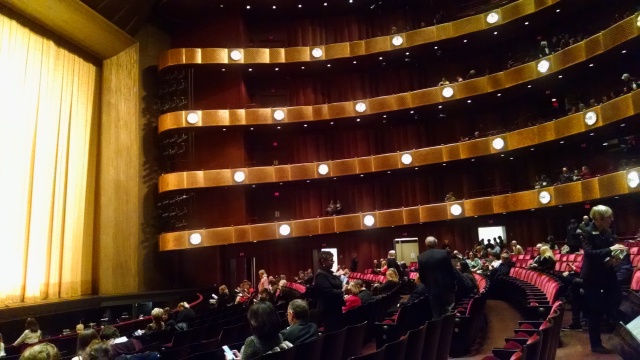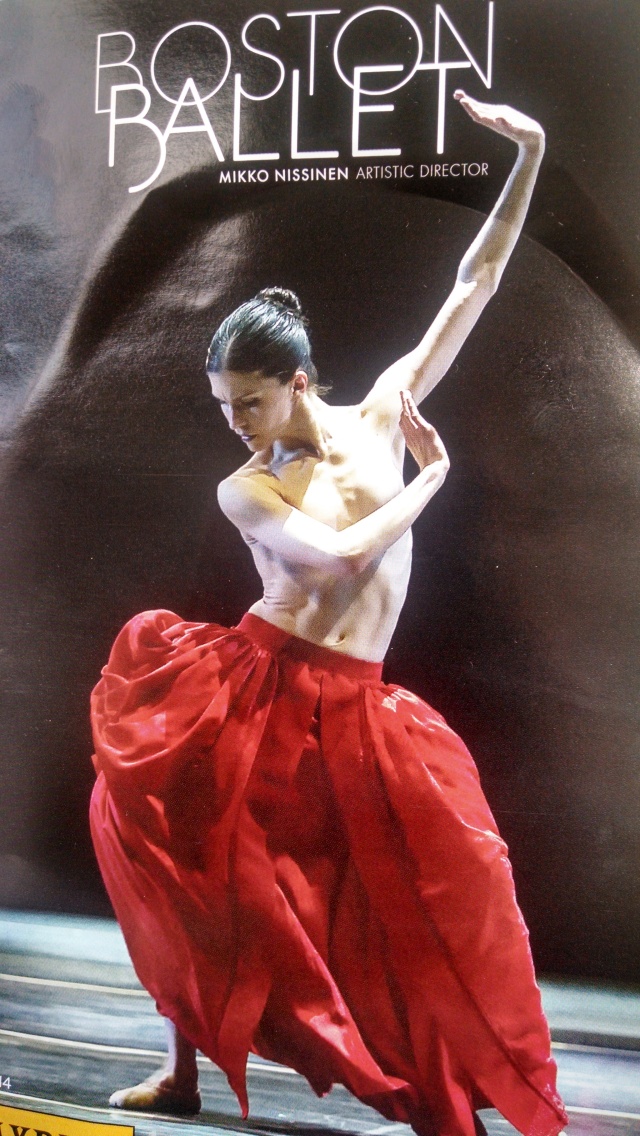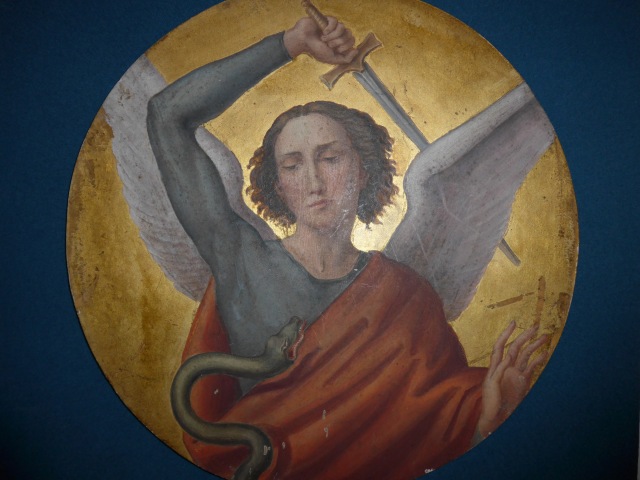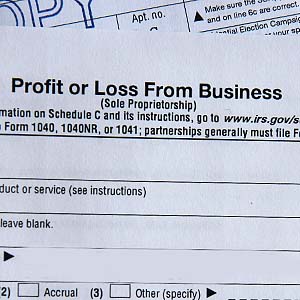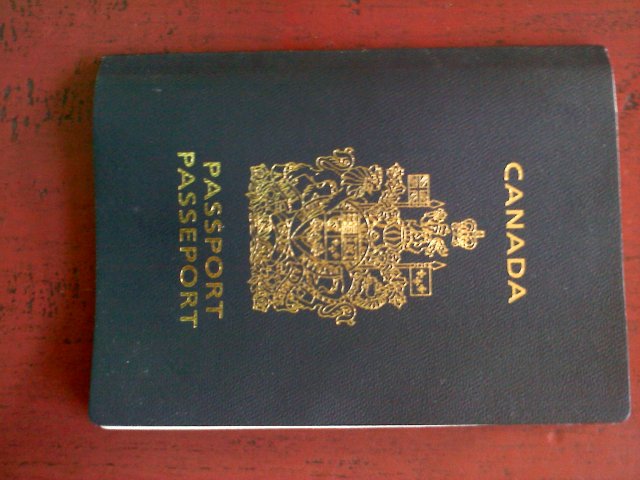By Caitlin Kelly

Maybe you know little about the VietNam war — you were too young then, or it didn’t affect you or maybe you didn’t care to learn about it.
This week, a 10-part series on the war has been airing on PBS in the U.S.; you can buy DVDs of the series or download episodes of it on ITunes.
It is unforgettable, moving, appalling, the result of nearly 100 interviews.
Each episode is 90 minutes to two hours long, and features a mixture of interviews with veterans of the war, both South and North Vietnamese and American, including an American doctor who was a prisoner of war, an anti-war protestor, the sister of a soldier killed early on in the conflict, journalists and others.
It is searing, disturbing, deeply sad; I see friends’ reactions on Facebook, left sobbing.
It’s a must-see for anyone who wants to (better) understand a war that lasted just under 20 years, from 1955 to 1975.
From Wikipedia:
Estimates of the number of Vietnamese soldiers and civilians killed vary from 966,000[30] to 3.8 million.[52] Some 240,000–300,000 Cambodians,[53][54][55] 20,000–62,000 Laotians,[52] and 58,220 U.S. service members also died in the conflict, and a further 1,626 remain missing in action.[A 2]
As someone who was born and raised in Canada, I had little conscious awareness of the war, which ended in my final year of high school. We knew about it, certainly, as Canadian media is forever saturated by all news from the United States, our largest trading partner.
It was a time, as today now feels again, when the country was deeply divided, between those who thought the war still worth fighting — and those staging enormous protests nationwide.

It’s deeply depressing to hear — on audio of the time — the endless lies fed to Americans by their leaders year after year, their broken promises that produced more domestic rage and frustration and more and more dead bodies.
One surprising effect, which I and others felt personally, was draft-dodgers, some of whom were professors in our university, exotic Americans — some 30,000 Americans fled to Canada to escape the draft and (!) 30,000 Canadians apparently volunteered to serve in the war.
One of the best-known songs of the era — written by fellow Canadian Neil Young — commemorates the unimaginable, the shooting deaths of four students at Kent State University in Ohio, shot by National Guardsmen while protesting the war:
“What if you knew her and found her dead on the ground?”
The interviews in the film are raw and intimate, shot in tight close-up, as men and women now in their 50s, 60s or beyond recall the most terrifying moments of their lives. There are color images of them, young and strong, wearing camo, a stark contrast to the silk bow-ties and elegant jackets they wear as they recall the war for us.
The noisy, shocking film footage of battles and bombings and napalm, of ambushes and gruesome injuries and rows of dead bodies — both American and Vietnamese — makes looking away both tempting and cowardly.
There is, in Episode Nine, an astounding speech by John Kerry — then returned from the Mekong Delta wearing fatigues (who would later become U.S. Secretary of State.) That same episode includes an interview with photographer Nick Ut, whose image of a young girl who had just been napalmed, Phan Thi Kim Phuc (now living near my hometown, Toronto), remains one of the war’s iconic photos.
One of those famous images shown in the film sits on our living room wall — a signed gift from the late photographer, Bernie Boston, on assignment for the Washington Star.

And we have a friend, a former colleague of my husband, a “boat person” who fled VietNam after the war as a little boy, and who now works as an art director at The New York Times. He once told us his story, and it was difficult to reconcile the highly successful man we know today with the terrified refugee he was then.
Read the link and you’ll see an echo with the millions of refugees today fleeing in overcrowded boats from Syria and Africa. Plus ça change…
My father, a film-maker, also worked on a television series about the war, The 10,000 Day War, — it was the first time I knew the name of General William Westmoreland, a key player whom he interviewed.
I Googled that film —– and found that the nearest copy of it to my home is (!) at West Point, the military academy just north of where I live on the Hudson River.
How apt.
Do you know much about this war?
Do you know anyone who served in the U.S.military in Vietnam?



